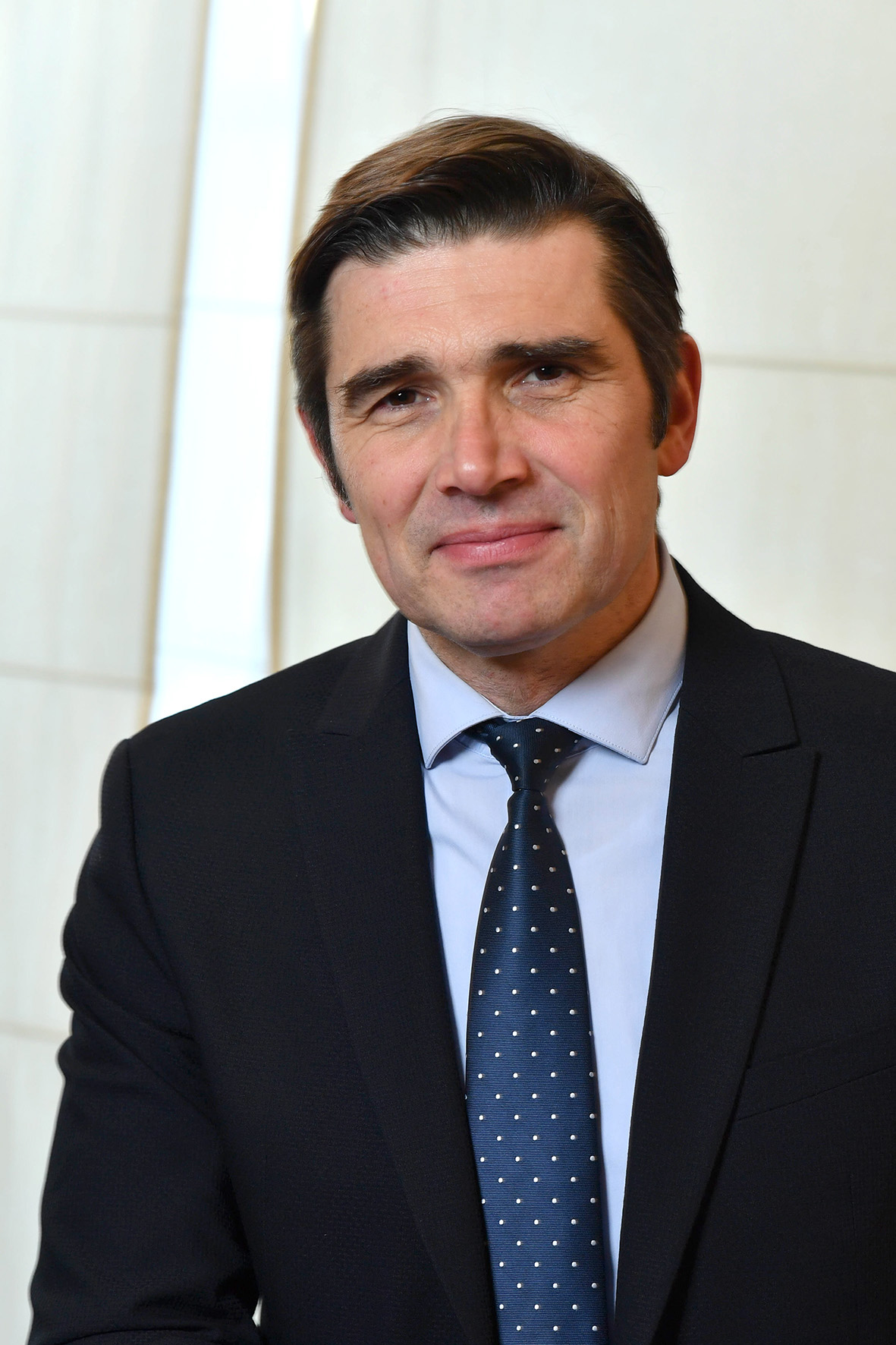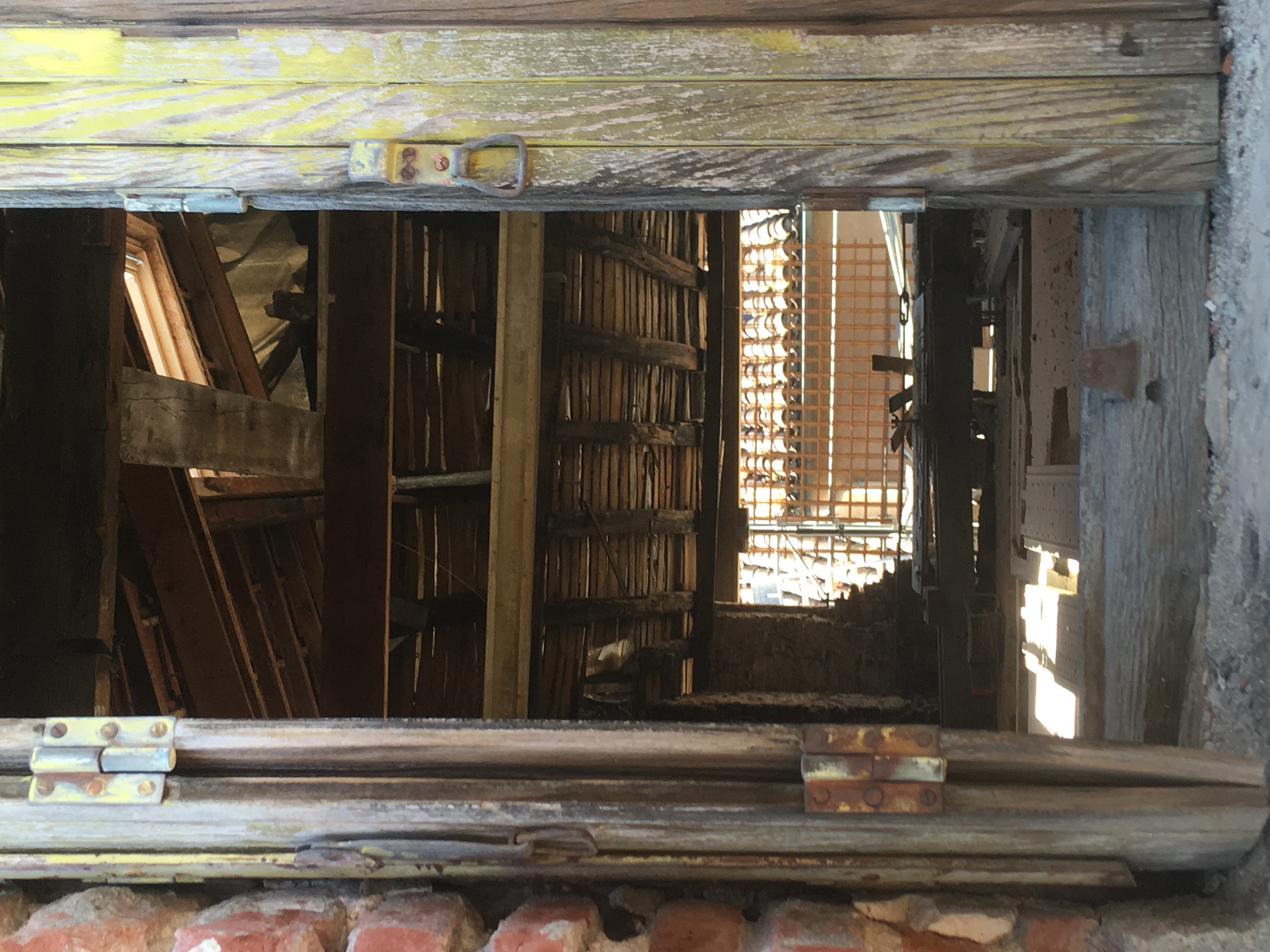Communication
Sudoe News
ENERPAT: “I’ve always believed that if we want to make a town attractive, first, we need to start from its most important value, especially its historical value which constitutes our identity. In general, this value remains in the historic heart, in our o
Categoría Management of projects approved
This week we interviewed Mr. Jean-Marc Vayssouze-Faure, president of the Urban Community of Grand Cahors and lead-manager of the Enerpat Project, who shared with us his feelings regarding this emblematic project on energy rehabilitation of old buildings in historic centres.

Picture: ©Ville de Cahors / Grand Cahors – P.Lasvènes
1. To what extent a project like Enerpat responds to the challenges of a town such as Cahors?
Enerpat follows a strategy which has been gradually implemented in the town of Cahors, aiming at a major central focus. I’ve always believed that if we want to make a town attractive, first, we need to start from its most important value, especially its historical value which constitutes our identity. In general, this value remains in the historic heart, in our old towns. Thus, it was important that we renewed the historic centre of Cahors that was abandoned because, as it is the case with the majority of towns of this size, we privileged new building and urban sprawl, which are less expensive and easier. This action was clearly not easy to run because we had to respond to all the needs of the community. So, we decided to work on both the habitat and the public places with a significant renovation policy. At present, all the streets and places of Cahors are being renovated: we implemented public programmes in this sense, we reviewed the traffic and parking policies, we promoted old-town located businesses and we privileged the implementation of public facilities in the old town. For instance, now, the hospital of Cahors is located in the old town as well as the administrative agencies or the cultural venues. We also decided to renovate the Henri Martin Museum and to build a new cinema complex.
In addition, another fundamental element of Enerpat is the quality of life because in order to attract people to the old town, in particular families and active people, we have to guarantee a quality of life in accordance with the new standards of modernity and comfort. In this sense, knowing how to combine the energy performance of a building and the heritage’s preservation remains a problem. We never worked in this sector before because, in order to improve the energy performance of a building, we always relied on exterior isolation. Well, this way to do does not highlight the quality of our heritage. Through Enerpat and pilot buildings, we could work on bio-sources and eco-renovation techniques which are eco-friendly, guaranteeing good energy performance and a higher valorisation of our heritage.
2. The above-mentioned buildings are pilot projects: are you thinking to extend this approach to other buildings?
Yes, we still have other relevant buildings that need renovations and, starting from the experiences of Enerpat, we could develop new techniques – because, we have to keep in mind that every building has its own features. In particular, I am thinking in the old prison, an extraordinary but abandoned building, on which we could test techniques and materials to valorise our heritage and guarantee comfort.
3. In your opinion, which are the current and future challenges regarding the preservation and revitalization of old towns? How can we adapt the policies to the realities of the ground?
The main challenge is to reverse the tendencies. Towns of our size that do not benefit anymore from the demographic dynamic, emptied their old towns. André Malraux said that old towns are the faces of France. Well, we leave them. Lots of old towns are precarious, with huge vacant accommodations. This is a national challenge: what do we want to do with our town-centres, with our history? Do we have to favour the urban sprawl – difficult in terms of development of space and networks? The difficulties here are linked to the compactness that affect the living together, the public quietness, the civic responsibility. There are also problems linked to the floods. So far, the regulations are not adapted to this problem. In Cahors, the reality is that we have to live with the river and thus, we have to reduce those risks. There is also the problem of archaeological discoveries: when digging, we find artefacts that have to be managed. We need fast analysis, support to owners. All these elements require an adaptation. The renovation is always tougher but it is really interesting! It brings us added value. For instance, when we build a new building, we always build the same thing. Look at the entrance of the European cities: they all like the same. We have to favour the renovation rather than new buildings, without excluding the modernity, giving priority to finest materials, coming from the territory.
4. The project focuses on old- towns from urban areas of different sizes : to what extent does the cooperation with other towns located in other countries, with probably different problems, benefit the development of Cahors?
It is always interesting to to exchange, share. Situations are always a bit different, according to the towns. As far as it concerns the renovation of our heritage, we can find common problematic and it is important to reflect together and to count on pilot experiences to share. This is something very interesting: we start from something made elsewhere and we become a territory of experimentation that valorise us.
5. Enerpat is a project on energy efficiency: which other project(s) or idea(s) are you developing in this sense?
We are focusing on the performance’s improvement. For example, we were paying attention to renewable energies. We cannot e put photovoltaic cells in our historical centres as we do with a new and isolated building. Consequently, we work with French architects in order to incorporate photovoltaic cells in heritage buildings. We have also to work on acoustic: we need good level soundproofing, suitable and respecting heritage buildings. There is also a big action field linked to the quality of life which should be explored in order to give to the inhabitants the desire to go back to the old towns. There are multiple pros and it affects the way to live and the society which we aspire to. We have to work on the living together logistics.
6. The project comes to the end: which follow-up do you have in mind?
We still have lot of work to do. We will continue to work and optimise the techniques and the know-how. There are still lots of things to develop in order to improve the quality of life, the living together and the presence of businesses.




